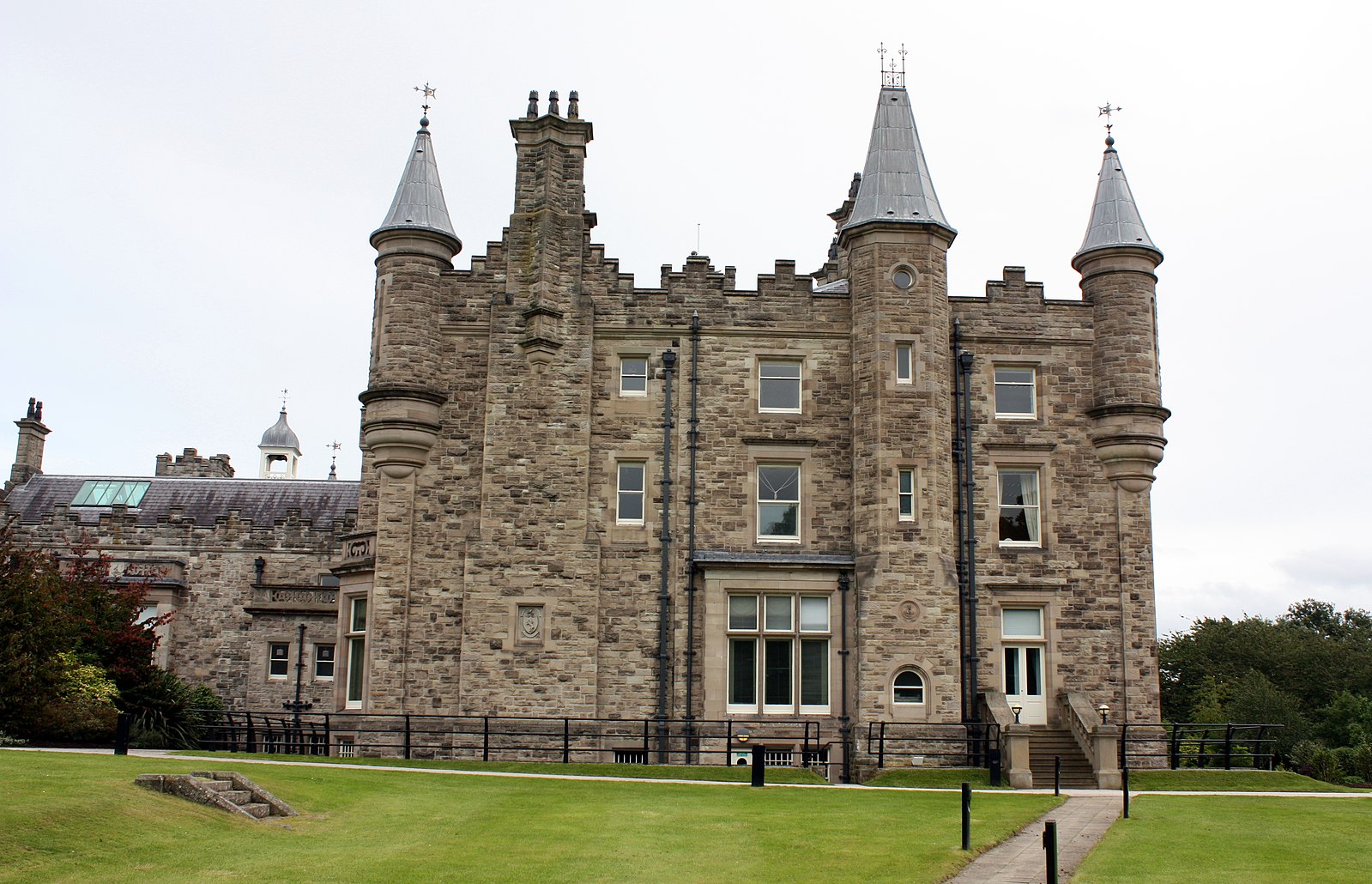Nestled amid the lush green landscape of Belfast, Northern Ireland, Stormont Castle stands as a symbol of history, politics, and governance. This impressive structure, perched on the eastern outskirts of the city, has been the epicentre of Northern Ireland’s political life for nearly a century. In this article, we will explore the rich history and significance of Stormont Castle, a place where the decisions that have shaped the region’s destiny were made.
Stormont Castle’s history dates back to the early 19th century. In 1830, it was originally constructed as a grand private residence for the influential Belfast merchant, John Cleland. The building’s classical Georgian architecture and commanding presence soon made it a prominent landmark in the area.
However, the true transformation of Stormont Castle came in the 20th century when it became the home of the Northern Ireland government. Following the establishment of Northern Ireland in 1921 as part of the United Kingdom, it was decided that a purpose-built parliament should be constructed. This marked the beginning of a new chapter in Stormont Castle’s history.
Stormont Castle was chosen as the location for the new Parliament Buildings, which were designed by Sir Arnold Thornely and completed in 1932. These buildings were meant to be the administrative heart of Northern Ireland and a symbol of its unity with the United Kingdom.
The Parliament Buildings, with their striking neoclassical architecture, feature a grand central hall, a domed roof, and two enormous wings extending from the central core. This design was intended to represent the unification of Northern Ireland’s two main communities, Protestant and Catholic, in governance. It also embodied the hope for a peaceful and prosperous future.
Stormont Castle and its Parliament Buildings have been the backdrop for many crucial moments in Northern Ireland’s history. For decades, they housed the devolved government of Northern Ireland, making decisions on a range of issues affecting the region’s citizens. However, it was also the site of significant political turmoil, especially during the Troubles, a period of sectarian violence and political conflict in Northern Ireland from the late 1960s to the late 1990s.
Perhaps the most iconic event associated with Stormont Castle during this period was the suspension of the Northern Ireland government by the British government in 1972. This action marked a turning point in the region’s history and had far-reaching political and social consequences.
In recent years, Stormont Castle has been a symbol of hope and reconciliation. The Good Friday Agreement, a historic peace accord signed in 1998, led to the return of devolved government to Northern Ireland. Stormont Castle once again became the seat of the Northern Ireland Assembly, a body responsible for governing the region.
Since then, Stormont Castle has witnessed the gradual healing of Northern Ireland’s deep-seated divisions. It serves as a place where political leaders from various backgrounds come together to make decisions for the betterment of the region and its people.
Stormont Castle stands as a testament to the enduring resilience of Belfast and Northern Ireland. From its origins as a private residence to its current role as a symbol of peace and reconciliation, it has borne witness to the region’s complex history. Today, Stormont Castle and the Parliament Buildings continue to play a vital role in Northern Ireland’s political landscape, reminding us of the importance of dialogue, cooperation, and the pursuit of a brighter future for all.

Leave a Reply